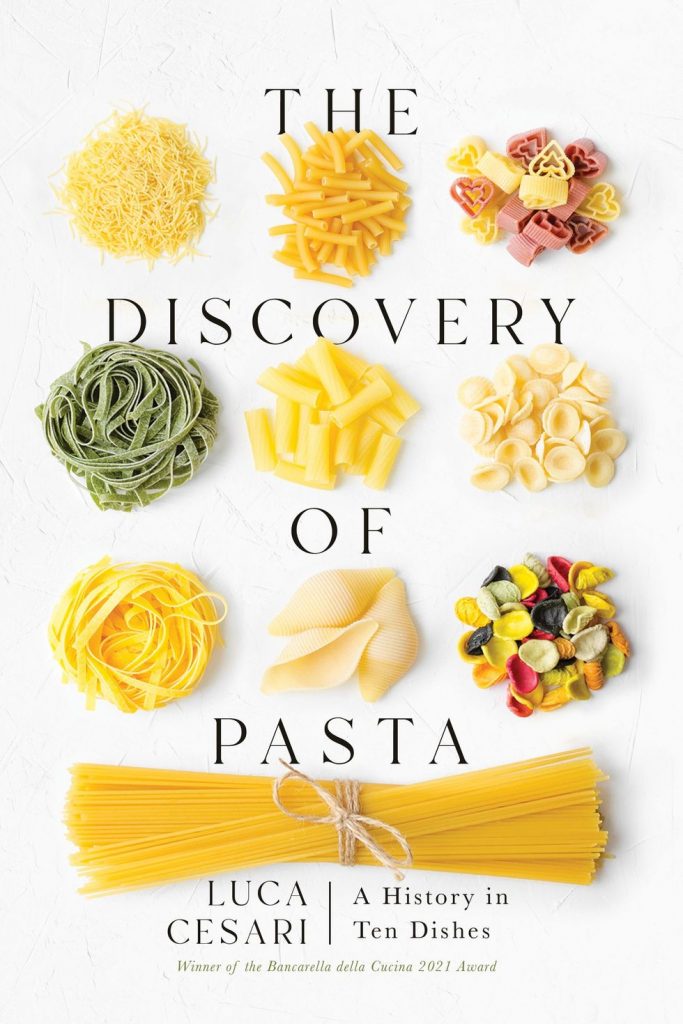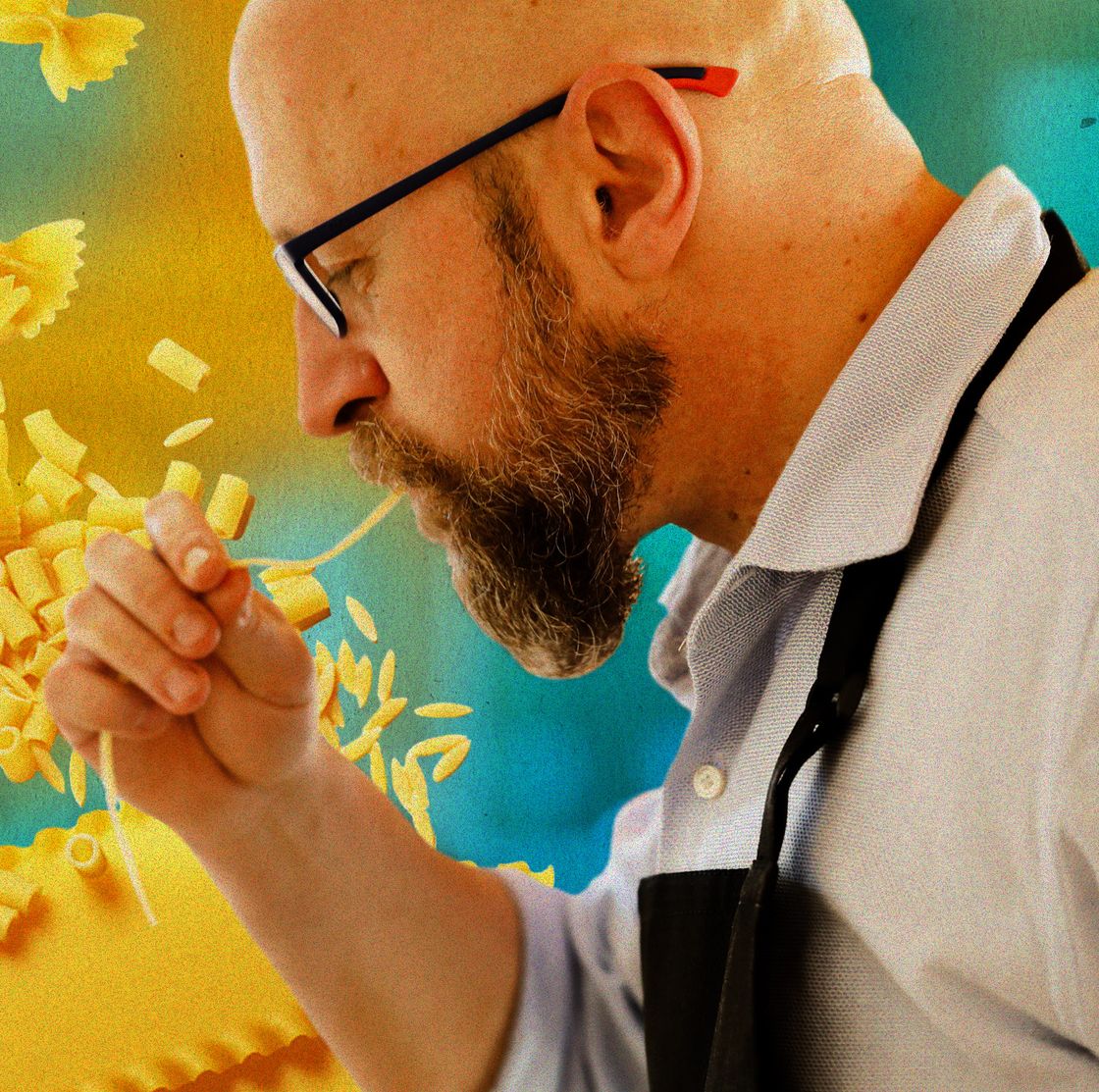In “The Discovery of Pasta,” the Italian food writer chronicles the backstory of the deliciously doughy food staple.

DARIO LAZZARI
Shondaland – Luca Cesari got his first taste for pasta as a child in the 1970s in his native Bologna when his grandmother lovingly served him two Italian specialties: tagliatelle alla bolognese and tortellini. Now, in adulthood, the food historian and writer has chronicled how a wide array of pasta dishes made the Italian food staple so influential around the world in his first book, The Discovery of Pasta: A History in Ten Dishes.
“For Italians, pasta is a very identitarian food,” says Cesari, who also contributes to Gambero Rosso magazine and writes a food column for the newspaper Il Sole 24 Ore. “These 10 dishes I have chosen are the most representative pasta dishes in Italian cuisine.”
Cesari’s book includes chapters on carbonara, lasagna, spaghetti al pomodoro, and fettuccine Alfredo. Each installment dives into the pasta’s past and present in Italian gastronomy. “There are many others, but they often have exclusively regional significance, while these are known nationally,” Cesari explains. “Some pasta formats that are very famous nationwide, such as gnocchi or tortellini, allowed me to talk about the evolution of pasta.”
For example, Cesari points to Neapolitan ragù, which also has its own chapter. The meat and tomato sauce was fundamental in the development of pasta sauces as we know them today. “The liquid part of the meat stew, going into the pasta sauce, opened [up] an entire new world of sauces,” he says, “like a Bolognese.”
Along with history lessons, The Discovery of Pasta provides a how-to on the preparation of each dish along with spoonfuls of fun facts.



